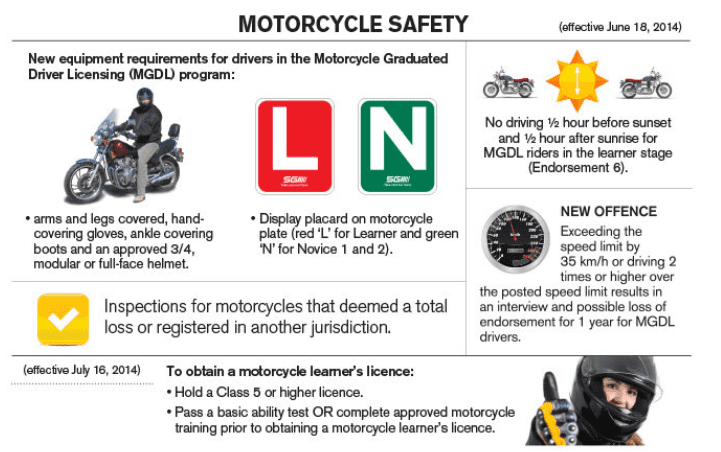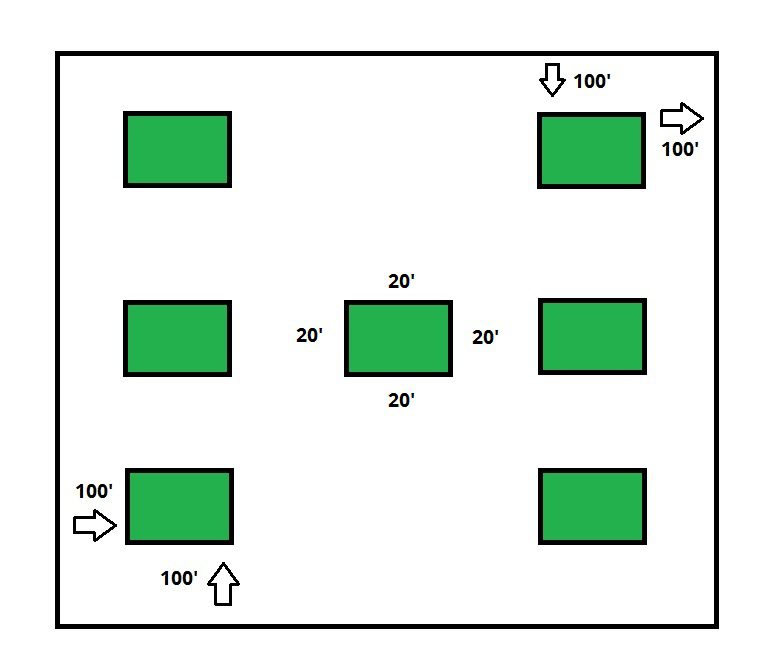It’s the most wonderful time of the year….
I don’t know about you, but Canada Day weekend has got to be my favorite one of the year (yes, I realize the gravity of putting this on the level with Christmas and New Years). I love the warm weather, the summer vibes, and the festivities that happen around the province. It’s the one weekend of the year where no matter what your political direction, you can celebrate all the amazing things this country, Canada, has to offer. We enjoy (in abundance) prosperity, peace, safety, and….
Freedom.
With freedom comes responsibility. We get the freedom to choose our careers, our lifestyles, where to live, and what we will do in our spare time. We are also free to choose what to celebrate: birthdays, anniversaries, pride, veterans, Christmas; and Canada Day 151 will be no exception. There will be those who will want to throw down, enjoy some weekend beverages in the sun with friends and family under a sky full of fireworks. Perhaps you are someone that is waiting for a different type of thrill…such as legalized marijuana (cue elephant in the room). If you are waiting for the latter, with anticipation, please remember that this date has been pushed back until October 17th, for the leafy drug’s introduction to legal standing. Until that legalization is complete, please obey the laws that are currently in force; drug possession still carries serious repercussions to anyone caught with it in their possession.
Following this rabbit hole of substances and freedoms, it begs the question: “how will one choose to use their freedoms while celebrating, and will we be responsible with that freedom?” It seems like every couple of days, there is an article in the news about someone driving impaired which results in a serious injury or death. There is great sadness that comes when we read these reports, because, why do we as a society, choose to take chances with our freedoms, and risk lives so unnecessarily. Life is short, and we all have a responsibility to care for our lives, and those around us, which involves making plans ahead of time when celebrating.
The message this week is simple- no matter what freedoms you choose to exercise this upcoming Canada Day, plan to handle those freedoms responsibly, and within the boundaries of the laws that govern our great land. Make plans to have a method of transportation to get home after celebrating. Give a sober friend your keys, call a taxi or a ride-share service, and have the courage to respect yourself and those around you by not driving impaired.
It’s one of the best times of the year- please don’t spoil it! Choose to be responsible with your freedom. Celebrate this beautiful country, remember the ones who fought for it, and respect the ones that keep it safe, by following the rules.


